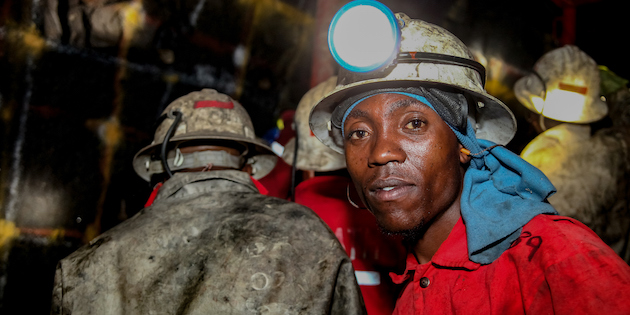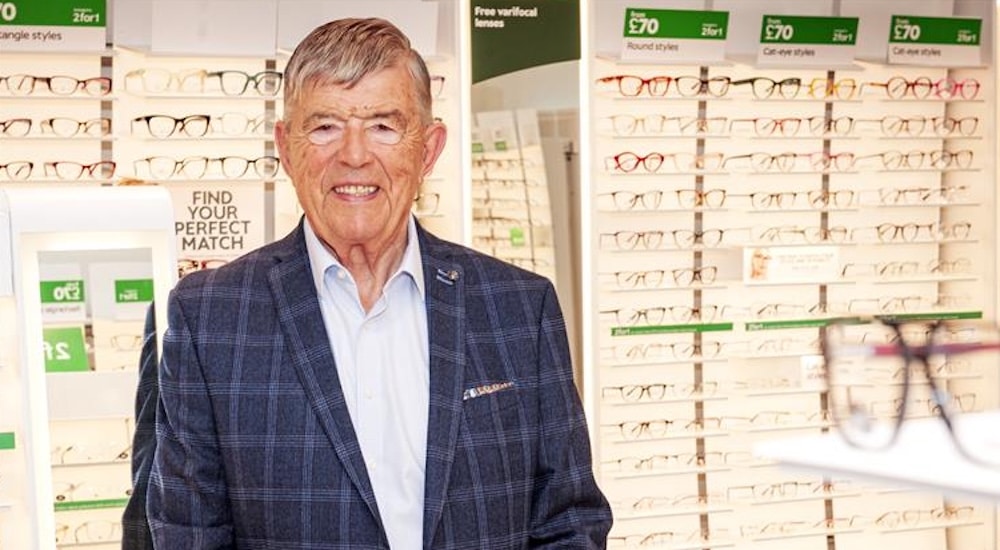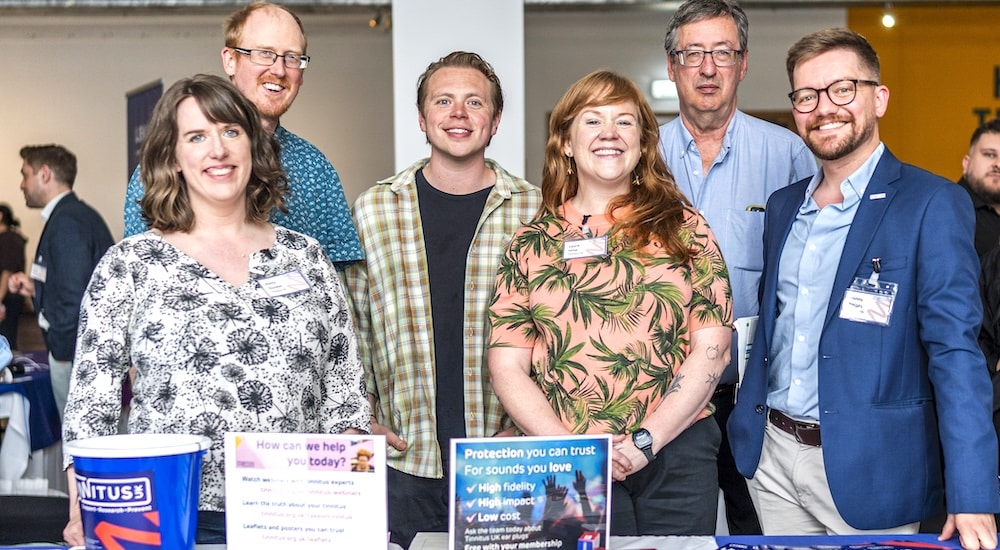Noise-induced hearing loss is a hazard South Africa’s mining industry is failing to combat
workplace noise
Academics of Johanneburg’s Wits University have underlined the failures of South Africa’s mining industry in implementing programmes to protect workers from hearing loss caused by noise, one of the great hazards of a multi-billion dollar sector that employs over 450,000 people.

Mining in South Africa is big business. Famously, gold, diamonds, and platinum are dug out from deep underground in tough, loud operations that expose workers to health hazards that include silicosis, a high accident fatality rate, and noise-induced hearing loss. And the risks are just as high for workers mining coal, and a long list of metals and elements from copper to iron ore, tin, and uranium.
The failure of policymakers’ attempts to adequately administer and provide hearing care for miners has been highlighted in an article this May in the not-for-profit network of academic discussion, The Conversation by Nomfundo Moroe, a lecturer at Wits’ Department of Speech-Language Pathology and Audiology (to give the centre its full name: University of the Witwatersrand).
Nomfundo points to a study carried out by her department in order to analyse how hearing conservation programmes have been implemented in the South African mining industry since their introduction nationwide in 2003. In 2013, the industry itself admitted that these programmes were not having the desired impact of reducing the new cases of occupational noise induced hearing loss, says Nomfundo.
˝We found a number of gaps in these programmes. There were no clearly defined action plans. We also found flaws in the formulation of hearing conservation programmes. Intervention programmes need to include occupational audiologists,˝ writes the lecturer in her article.
She also underlines the need for the industry to to be accessible for research purposes, claiming ˝we faced restrictions when trying to gain access to the mining industry for research purposes˝.
The article argues that, in addition to the complexity of hearing conservation programmes and the actions they require, the programmes are fragmented, in part by workers not being properly trained in using hearing protection devices.
Studies by the University’s audiologists highlight the need for ˝contextually relevant changes˝ to be adopted, including the inclusion of evidence-based advances in hearing conservation programmes, allowing stakeholders such as audiologists to evaluate the cost versus benefit of implementing such programmes, and carrying out realistic review of existing programmes to understand what is working well and for whom and under what circumstances.
Source: The Conversation


